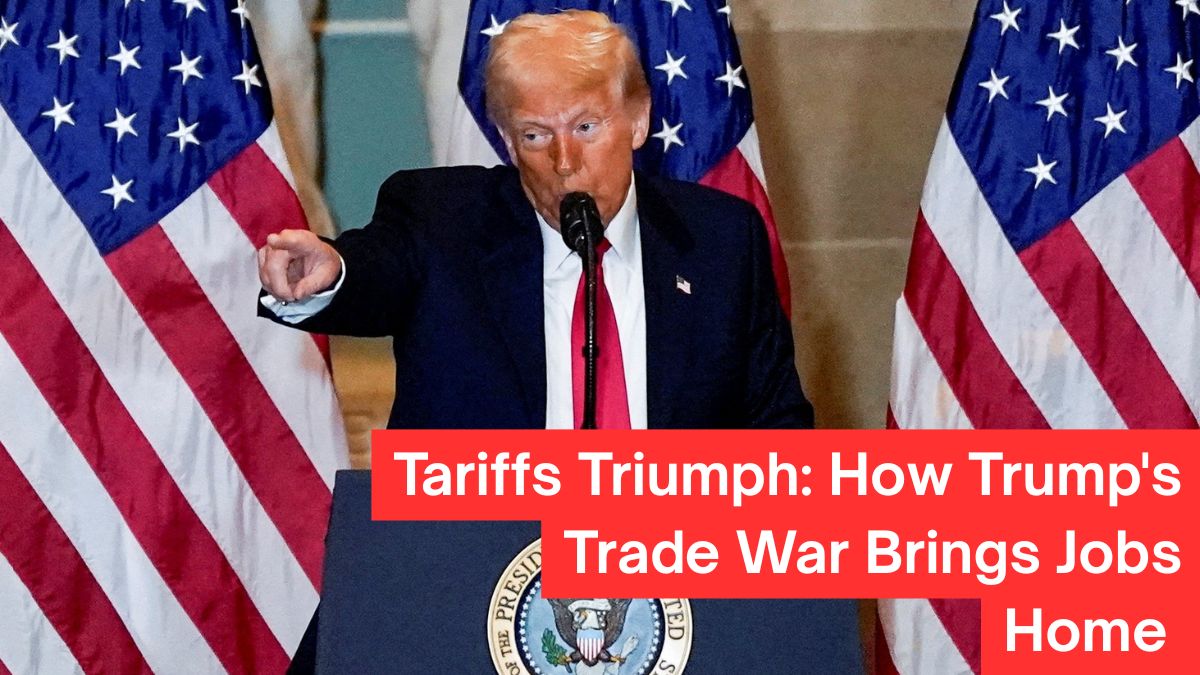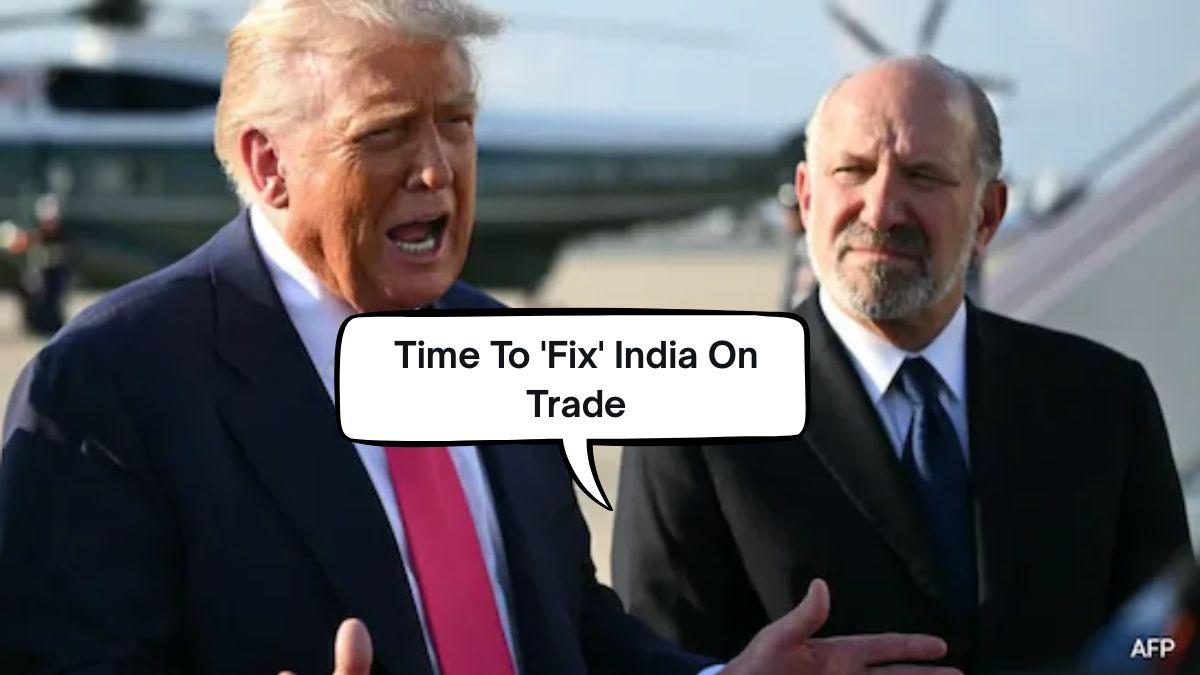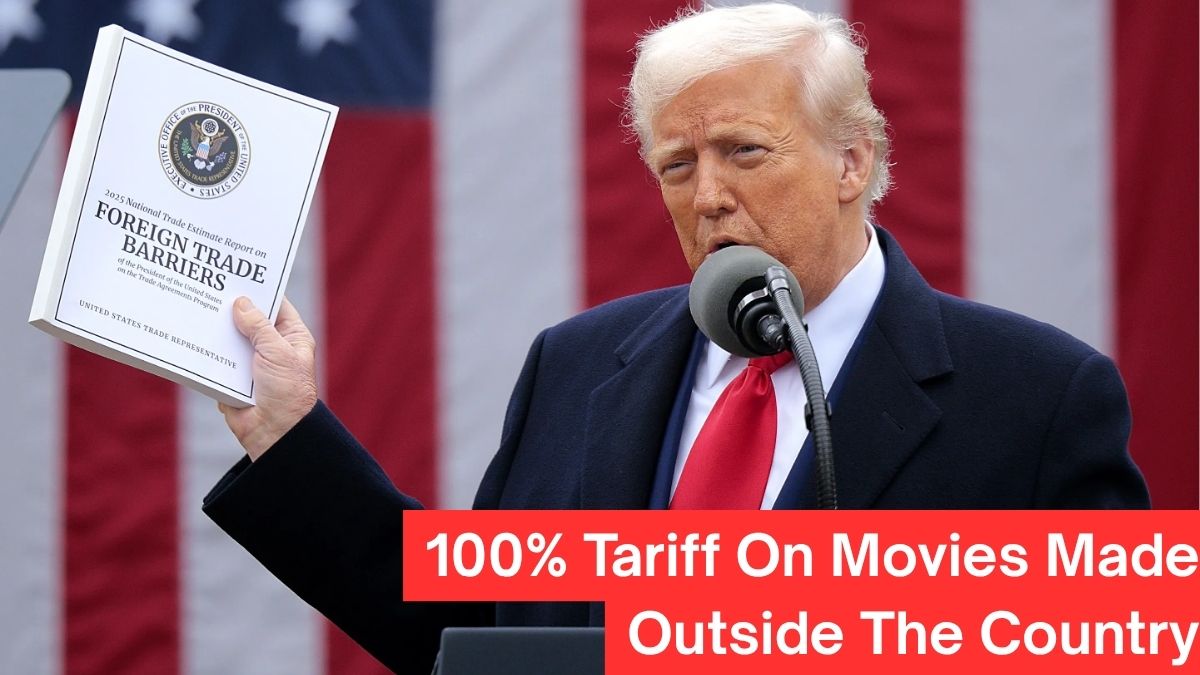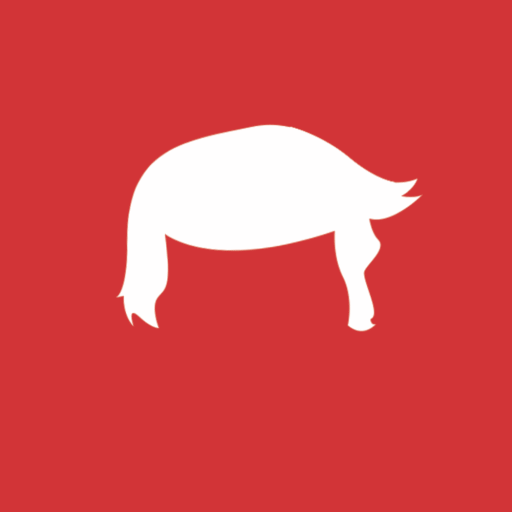The argument over MAGA economics has gotten more intense in the last few months. Trump’s tariffs, which are meant to bring jobs back to the US, are at odds with the Democrats’ globalist approach, which relies on trade integration. Both sides say they are protecting workers, but the truth is that the outcome is much more divided.
Key Takeaways
- Trump’s tariffs have cut the trade deficit by 42.9% in Q2 2025, but at the cost of higher consumer prices.
- Supporters say tariffs will create up to 2.8 million long-term jobs and strengthen U.S. industries.
- Critics argue tariffs are a hidden tax, costing households $1,300 a year and shrinking GDP by up to 8%.
- Retaliatory tariffs have hit U.S. exporters hard, with beef exports to China dropping 90%.
- Public opinion is shifting, with 60% now opposing tariffs due to rising costs and job uncertainty.
Are Trump’s tariffs good for workers?
One of Trump’s best economic tools has been his “America First” tariff plan. In 2025, there were tariffs of 10% on most imports and up to 145% on goods from China. Supporters say that these policies encourage businesses to build in the U.S. by pointing to new investments in chip manufacturing.
The money from tariffs has also been used to help farmers who were hurt by export bans. People who work in industries like cars have seen some benefits. For instance, GM workers got $14,500 in profit-sharing bonuses in 2024, which Trump supporters say are linked to profits made because of tariffs. Supporters say that tariffs give us more power over countries like China and the EU and make us less dependent on global supply chains.
The Backlash: Job Losses and Higher Costs
Critics say that tariffs are a direct burden on families with jobs. Things like groceries and medicines that are necessary now cost more. Even entertainment has been hurt; Xbox subscription prices have gone up by 50%. According to the data, tariffs could bring in $171 billion, but they would also cause a 6–8% drop in GDP, 5–7% wage cuts, and tens of thousands of lost jobs.
Since tariffs went into effect, the manufacturing sector has already lost 37,000 jobs. Retaliation has made the pain worse. Canada, the EU, and China have all put their own tariffs in place, which has caused U.S. beef exports to China to drop by almost 90%. Big companies like John Deere have said they will lay off more than 200 people, saying that the costs of tariffs are to blame.
One of the main problems is that unions are weak. Only 16% of autoworkers and 18% of steelworkers are in unions, so most workers don’t get any of the extra money. For instance, Stellantis paid out $2.26 billion in dividends to shareholders instead of hiring more people.
Democratic Globalism: Peace Instead of Fighting
Democratic voices say that globalism is a safer way to do things. They say that combining supply chains lowers costs and keeps the world stable. Trade agreements and alliances are shown to be ways to protect jobs without making other countries take action. However, critics say that Democrats are pushing a “perverse globalism” that puts elites ahead of workers.
Public Opinion: Split but Turning Against Tariffs
Polls show that 60% of Americans now oppose tariffs, up from 48% in 2024. 77% think prices will keep going up. Blue-collar workers are still divided. Some people support tariffs in the hopes of bringing jobs back to the US. Some people are angry about job losses in steel, cars, and farming.
This split is also clear in online conversations. Farmers are asking for bailouts on X, tech workers are talking about chip shortages, and people in the auto industry are warning of big losses. Many people say they are getting tired of the economy being unstable. There has also been more criticism from other countries, with Canadian officials calling tariffs a threat to sovereignty.
The Decision
Tariffs are a short-term problem with benefits that are hard to predict in the long term. They promise jobs, but they also raise prices and make things less stable. Democratic globalism is more stable, but it still has trouble getting workers to trust it because they remember decades of outsourcing.
Right now, the data shows that U.S. workers are less likely to support tariffs. The story of “winning for workers” may slip further away unless labour protections get stronger and costs go down.





